
New Photos
June 30, 2007
 |
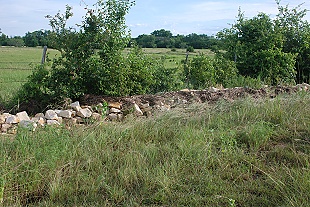 |
| After the previous night's storms, water was still flowing across the near meadow--but it was clear, which is good. This view from the main mowed patch (at the edge of water too deep to get into without boots) is downstream...you can't see the whole width of the water because of the tall grass and forbs, which are filtering out sediment, but what you can see is 4-6 inches deep and yards wide. | Along the south fenceline, where the secondary drainage leaves the property, the brown line on the row of rocks is debris from the flood...and where you don't see debris, water was over the rocks. the actual ditch outlet is just beyond the image to the right. |
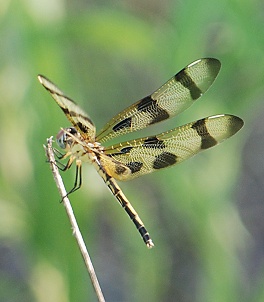 |
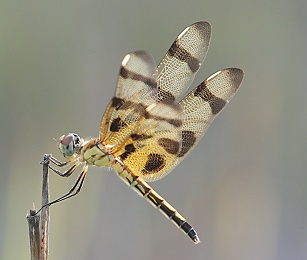 |
| We were able to make it across the creek between floods early in the week--a late afternoon trip so that this Halloween pennant, just west of the gully system, was backlit by evening sunlight. I was able to crawl toward it very slowly to get an angle with the light coming through the wings but enough light on the near side to show the color of its eyes and the markings. | |
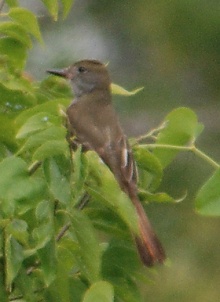 |
|
| Ash-throated Flycatchers are our common "tyrant flycatcher" in summer, though twenty years ago we had more Great Crested--not sure why. They are very active birds, though, and wary, so this is the first time I've managed to photograph one. | |
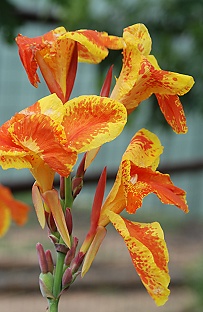 |
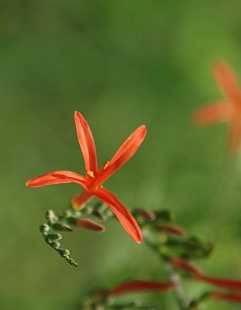 |
| The original owners had the washing machine drain into a bed of canna lilies; in the past few years of drought, we didn't give the canna lily bed extra water, and about half the plants died--but these didn't, and are flowering abundantly this year. Cannas aren't native, but I like their tropical look and loud colors. | Flame acanthus, or firecracker bush, attracts hummingbirds just as trumpet creeper does. They're delicate looking little bushes, but they're tough and drought resistant. Individual flowers have a delicate airy form. |
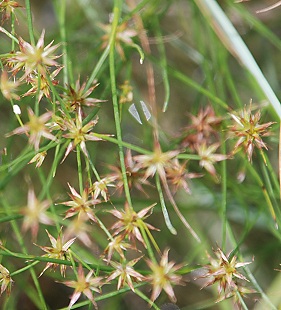 |
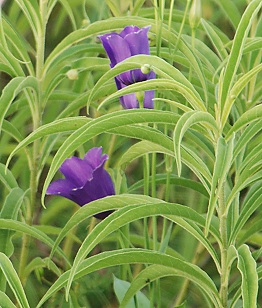 |
| We have several different kinds of sedges growing in the wet areas of the near meadow. This one is--I think--Plains Flatsedge, Cyperus onerosus. I think the seedheads look like tiny starbursts. | The first Texas Bluebells (which are actually gentians), Eustoma grandiflora, showed up last weekend in the gully system west of the creek. Here they're blooming amid Maximilian sunflower plants that will start blooming in a few months. There's one leaf of the Eustoma showing, a much greener blue and a different shape, at the bottom of the image. |
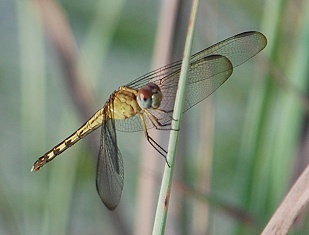 |
|
| I don't know what this dragonfly is, but several were flying low over the water and along the margins of one of the gully pools, staying below the ground level above. | |
![]()

